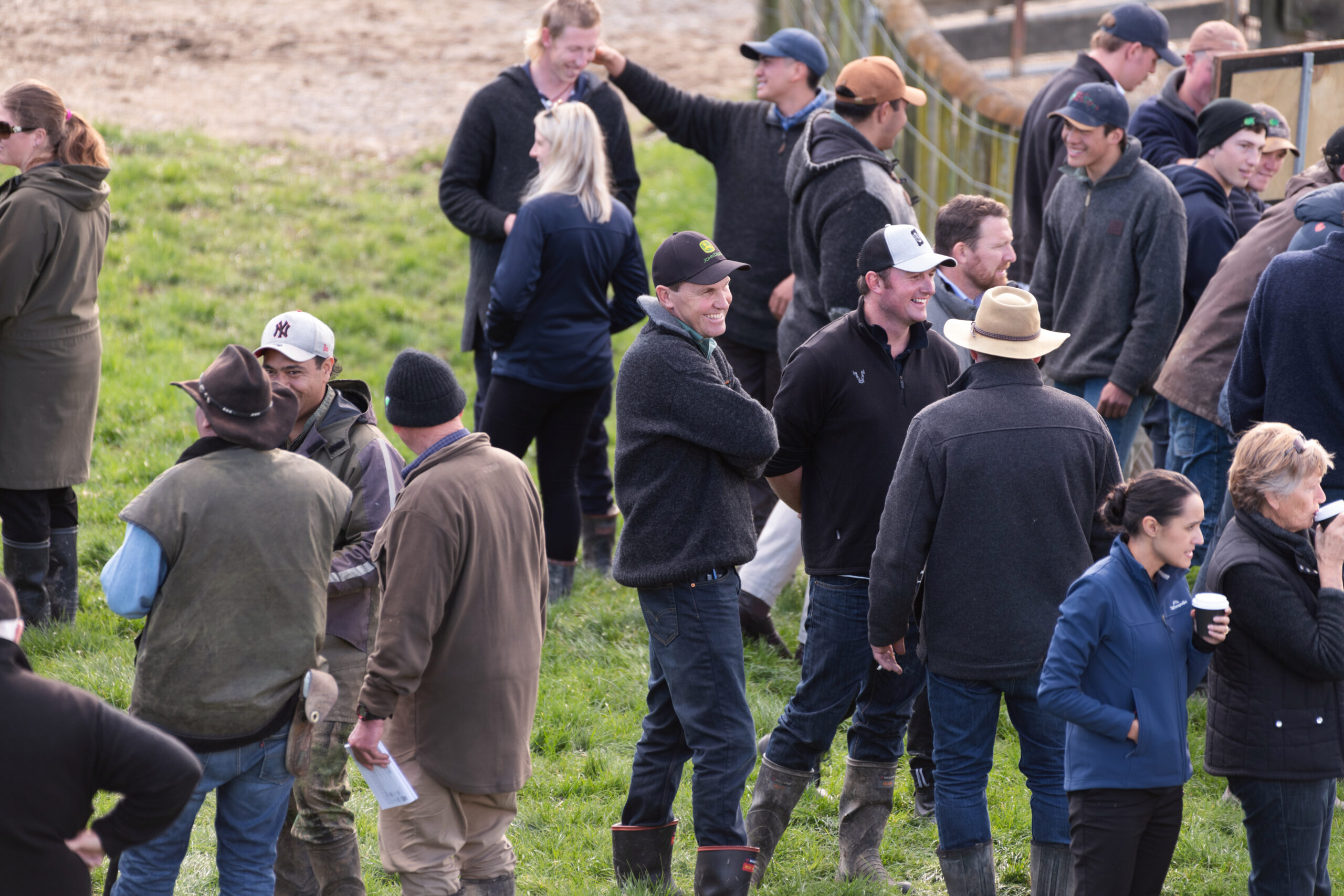STEP. 1 WRITE DOWN A BREEDING OBJECTIVE.
For many breeders, this is the most challenging step. Obviously, we all want to be profitable breeders with herds to be proud of, so the tendency is to think we need to improve all traits simultaneously. The problem is that just isn’t practical.
The trick is to consider where your herd is and where you want it to be. Then pick the 3 key traits you want or need to improve the most. Give it a bit of thought, this is an important step and be prepared to go into some detail. Just saying I want to improve maternal traits, growth and carcase is too simple. You need to select actual traits.
The other trick is to think in terms of net profit, not just $/head. Everyone’s herd and farm are different, so there’s no one size fits all approach, but approach it from a net profit perspective and it will become clearer. Also remember that these are long-term decisions.
Whatever you decide, take the time to write it down and keep it as a reference when you start sourcing bulls.
STEP 2. FIND A TRUSTED SEEDSTOCK PARTNER
This is a step that can get overlooked and it shouldn’t, it’s important. It’s not just about trusting the breeder; it’s also making sure they are heading in a direction that matches yours.
Remember that half the genes your new sire brings to your herd came from his dam, so inspecting the cow herd makes sense. The daughters of the sire you buy will have an impact for generations to come.
Making genetic gain isn’t all about selecting the best EBV profile you can. Genetic trend is a line graph. Whilst the sires you want may not have breed-leading EBV’s today, it’s important to know the program is trending up. Inflation means that you won’t pay tomorrow’s bills with today’s production, so you want to make sure the bulls are getting better each year for your key profit drivers.
STEP 3. AVOID GENES THAT WON’T STICK
Many see the purpose of a bull as creating pregnancies. If that’s all you want, then any bull will do. The true value of the bull you purchase is in the genetics he passes to your next generation.
If you are planning to retain his daughters then be conscious of traits that won’t last.
Fertility, structure (including udder structure), and temperament are usually the 3 critical traits. You may have others. Anything that prevents his daughters from sticking in your herd means that it won’t matter how much you paid for him. If you can’t keep his daughters in production and cull as you choose for age or quality, then you will lose all the influence of his genetics in your herd.
So consider the traits that will force you to cull daughters early and make those your non-negotiables before you move onto making your selections.
STEP 4. TYPE IS IMPORTANT.
Whilst it might sound controversial but selecting for type is important. There is a type of animal that will suit your environment and it will be slightly different for everyone. Every farm has had unique management, probably for decades at least, which changes its microclimate.
Within your management and your farm’s environment, there will be a type of breeder that suits it best. You’ve probably already observed that. There will be end markets to consider and other key drivers, but where possible stick to the type of breeder that fits your environment. Any time you must change the environment to suit your cattle it’s costing you money, so stick to the type that requires the least amount of intervention to thrive on your farm.
STEP 5. SELECTING YOUR SIRE
By this stage, you’ve done some work. Thought about your herd and direction, written a breeding objective and visited some studs, probably sought some advice along the way. Now you’re at the stage where the catalogues are filling your mailbox and you need to make some decisions.
You have your trusted seedstock partners. You know the type you’re looking for and you have your non-negotiables. How do you put it all into practice?
There are a couple of raw measurements that are useful on sale day. Actual scrotal size has a bearing on the sires ability to service the required number of females in a short joining period, so don’t select below the minimum.
Structural assessment is also a useful raw measurement. Just remember to check the date when the bulls were assessed as they can change over time.
Then when you are doing your inspections, look for the sires that have the type to complement your herd, fit into your environment and hopefully your budget. Don’t forget to get a steak sandwich.
In all seriousness, without the written breeding objective, this is about where most breeders stop, maybe a quick glance at the EBV’s. It’s understandable, that’s already a lot.
So where does genetic evaluation fit?
EBV’s are created using some information you have on sale day, such as pedigree, but they are also backed up by an awful lot of information that you don’t have and can’t tell just by looking. These include millions of linked animals, thousands of phenotypes collected from sires progeny within defined contemporaries including hard to measure traits like carcase data. Often, there is also genomic information.
Genetic evaluations use this information to predict the unique genetic merit of the animal for the key profit drivers described. Importantly, it describes the heritable component of those traits.
It’s the heritability that matters most. On average, what you are looking at is about 30% heritable, the rest is the sum of the animals environment. That’s great for selling bulls, but not enough to define your herds profitability.
The heritable component refers to how the progeny of the animal is most likely. In the end, a seedstock breeder may get paid for how the program presents, but think about your profit drivers. Commercial profitability is driven by how the progeny performs, not how the sire looks and that is what the EBV’s are trying to describe.
Not that the other elements aren’t important, because they are, but the one piece of information you don’t have on sale day and is most critical when determining a sires value to your bottom line, is how will the progeny of this sire perform. So before you get to the sale, take your written objective and circle the sires whose progeny are most likely to take your herd in the direction that matters most to you for your key traits. It will save you a lot of time and confusion on sale day.


